Velasca Ramps Up Offering With Menswear Line
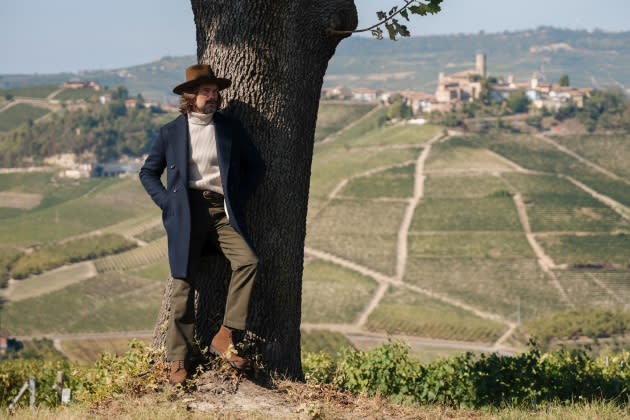
MILAN — After building a solid business in men’s footwear, Milan-based direct-to-consumer shoe brand Velasca is ready to tackle ready to wear.
Exactly a year after doubling its offering with the introduction of women’s footwear, the brand established in 2013 by Enrico Casati and Jacopo Sebastio is taking another big step to scale up its business by unveiling a full clothing line dedicated to men.
More from WWD
The project has been in the pipeline for a while and has significant potential considering that the brand has built a loyal customer base over the last decade, now counting around 170,000 clients.
“Being a [d-to-c] brand comes with benefits. One is the price as we can apply a single markup that is much more competitive versus other brands as we don’t have intermediation….The second is owning the relationship with our consumers. We know exactly each of our clients,” said Sebastio, underscoring the value behind such a database.
The pandemic further propelled this one-to-one approach, as Velasca used the crisis to broaden its marketing beyond the mere promotion of its footwear, pivoting to wider storytelling on different pillars of the Italian lifestyle, ranging from cinema to cuisine. Similarly, the company worked with stylists to provide its clients with total-look styling tips, which “started from the feet upward.”
“So consumers started to ask where they could find those particular pants or sweater or shirt, and we saw an opportunity…that is to offer our clients other Made in Italy products,” said Sebastio, underscoring the chance of increasing the average purchase of the same customers as well.
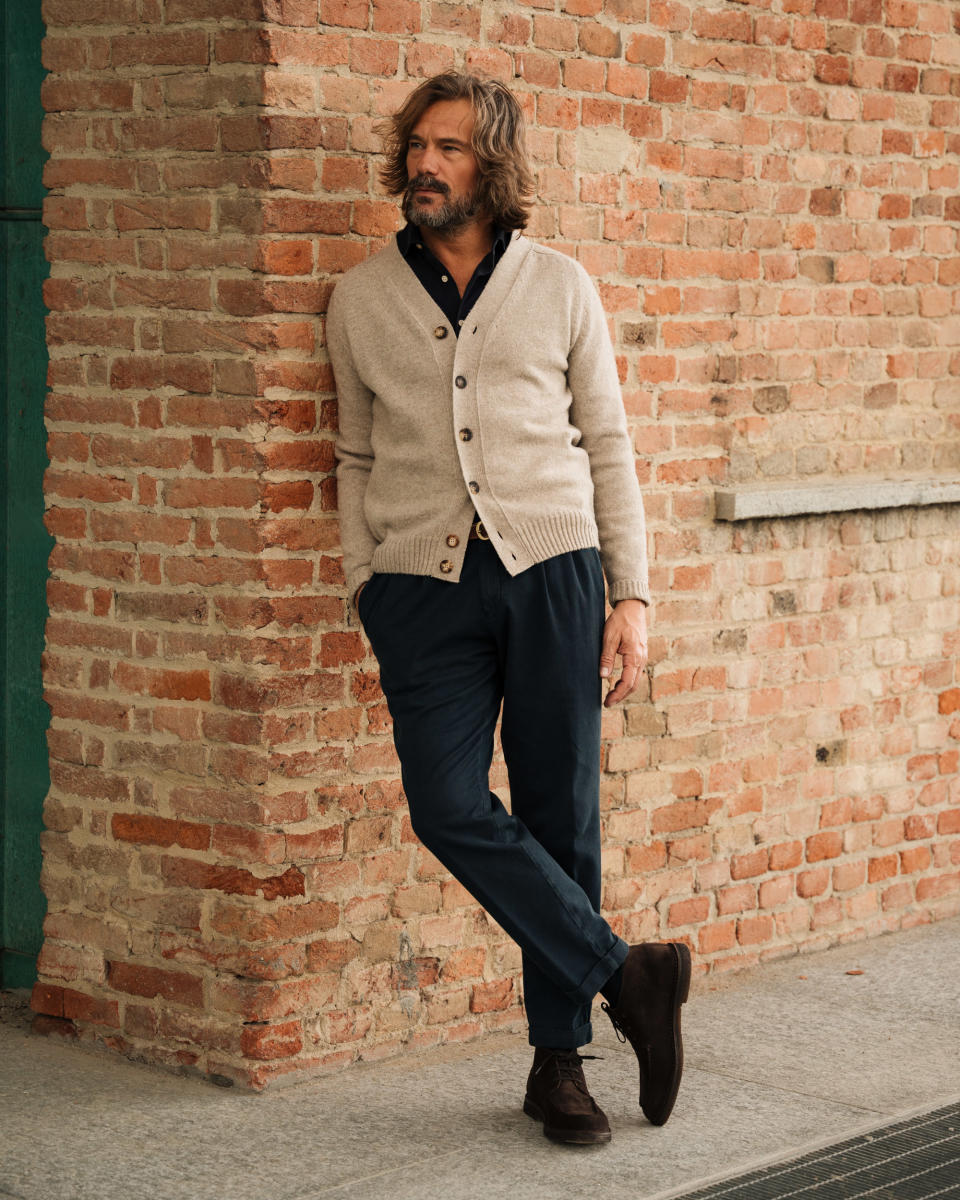
Keeping with its original mission of connecting Italian artisans with global consumers, Velasca relied on local suppliers for ready-to-wear. Determined to leverage a short supply chain and enhance different districts across the country, it tapped artisanal manufacturers scattered in different regions, ranging from Apulia for shirts and Campania for pants to Veneto for outerwear, among others.
“In addition to the footwear district of Montegranaro [in the Marche region], we wanted to humbly try to support other districts, as well,” confirmed Sebastio, whose company recently became a B Corporation. “To be honest, for us it’s not only important to speak about environmental impact, that is a topic often subjected to greenwashing, but the social one we want to have,” he said on this corporate recognition.
Before being manufactured by local factories, Velasca’s key apparel items were conceived by an in-house design team, while premium fabrics encompassing cotton, denim, linen and wool were sourced from different specialists in the country. These included companies such as Albini, Candiani, Zegna Baruffa, Canclini and Lanecardate, to name a few.
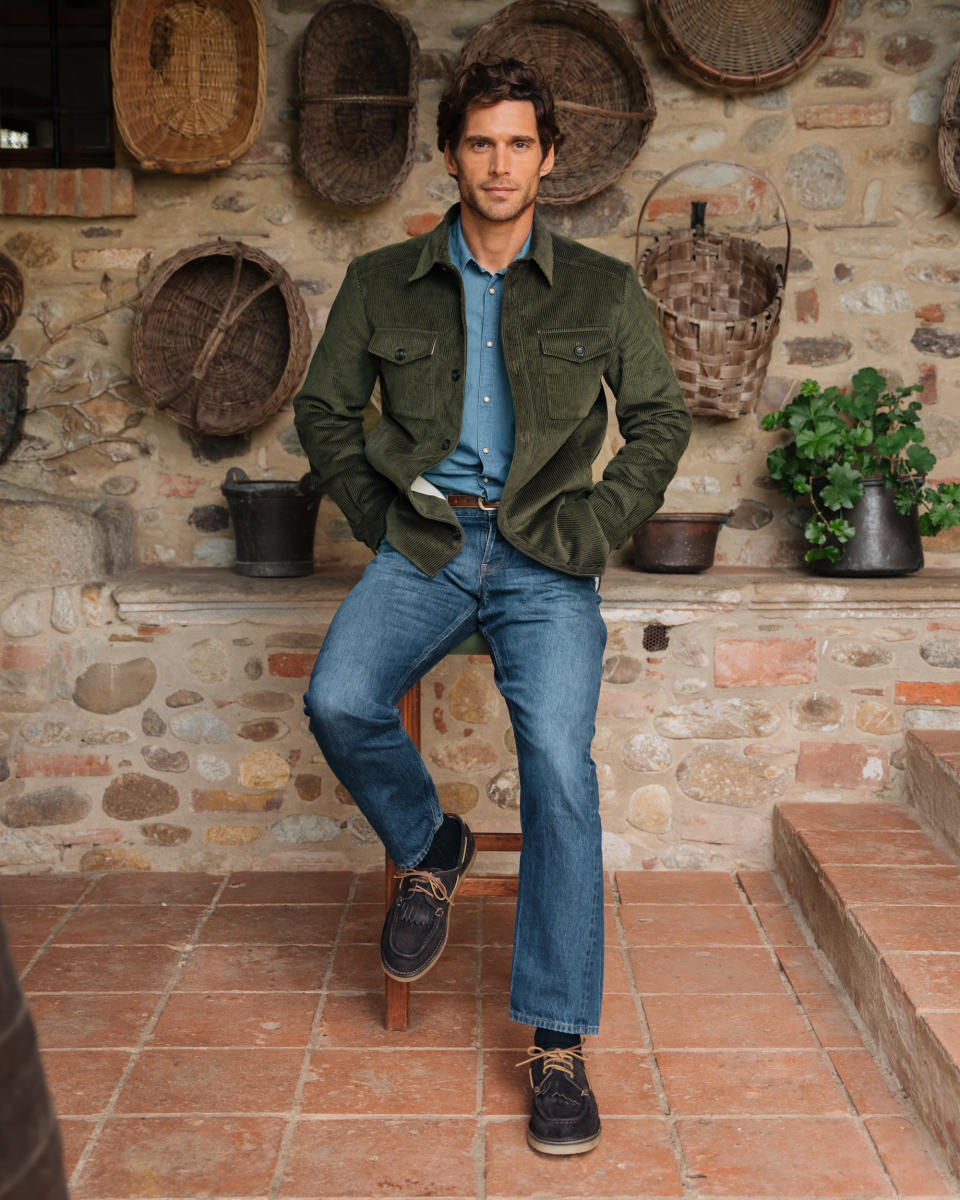
Overall, the first collection includes 200 items, divided into five categories to offer a total look: outerwear, knitwear, shirts and T-shirts, sweatshirts and pants.
The collection mirrors the brand’s ethos of an understated elegant aesthetic, favoring unfussy designs and attention to materials over logos and prints. Highlights include double-breasted coats; field jackets in Shetland wool; classic, padded raincoats; polo shirts in merino wool and pleated, carrot-leg pants in different shades, among others. Prices range from 60 euros for T-shirts up to roughly 550 euros for outerwear.
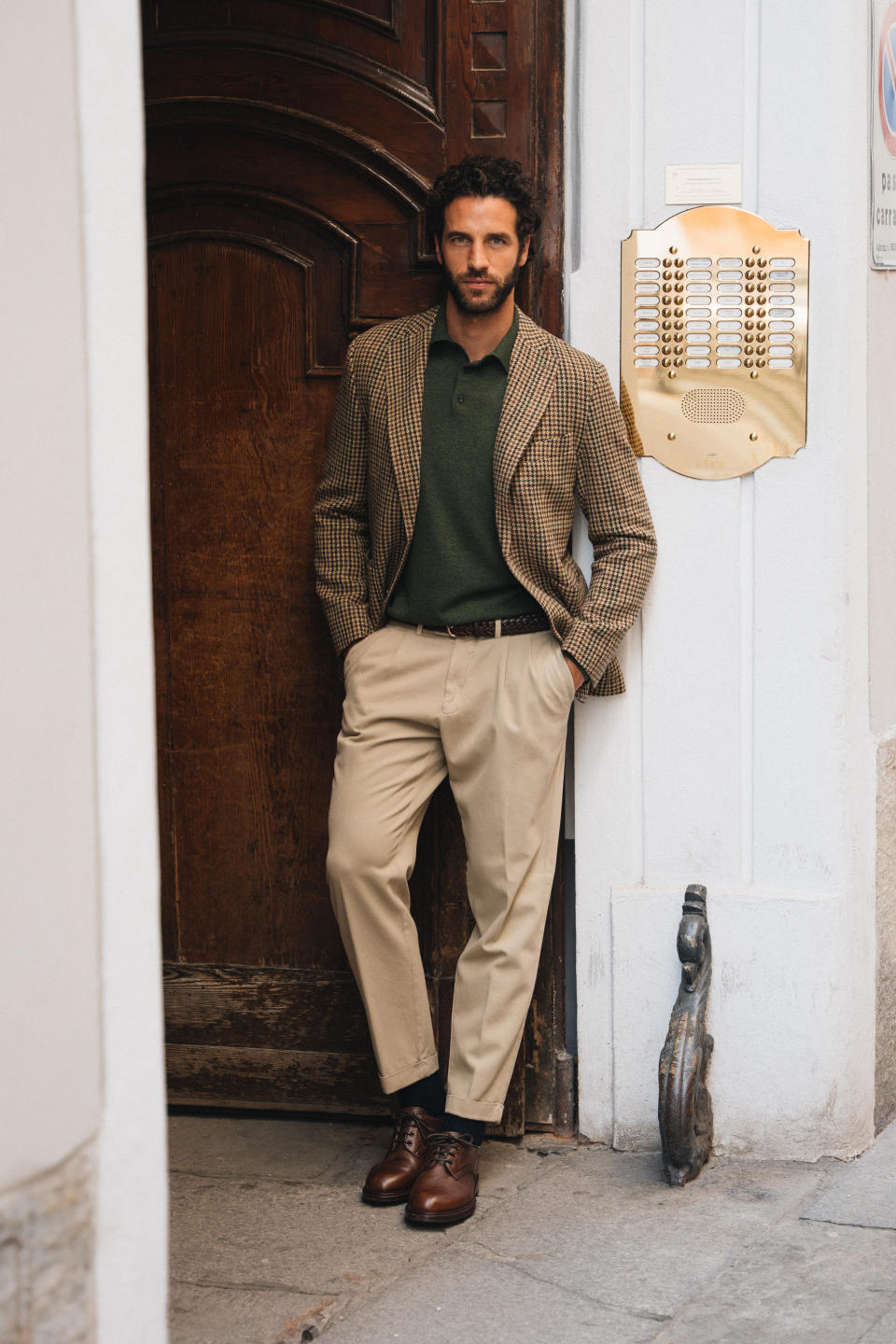
Launched on the brand’s e-commerce site, the range will debut in the new store Velasca will open on Oct. 24 in Via Mercato, in Milan’s Brera neighborhood. This will be the first flagship dedicated to the brand’s total look as it will showcase a selection of footwear as well.
“We’re lucky because we will have a prompt feedback from our consumers, so we will understand quite quickly if this ready-to-wear project works. We will take these last three months of the year to collect the first data and understand what’s the best strategy going forward,” said Sebastio on the future distribution strategy for the apparel line.
“For sure it will be a mix of three forces: our e-commerce; the opening of new stores dedicated to this new format, and a revamp of existing units,” added the cofounder, who was aptly Zooming from a store in Brescia “to see if we have enough space to do exactly this” and accommodate the ready-to-wear line.
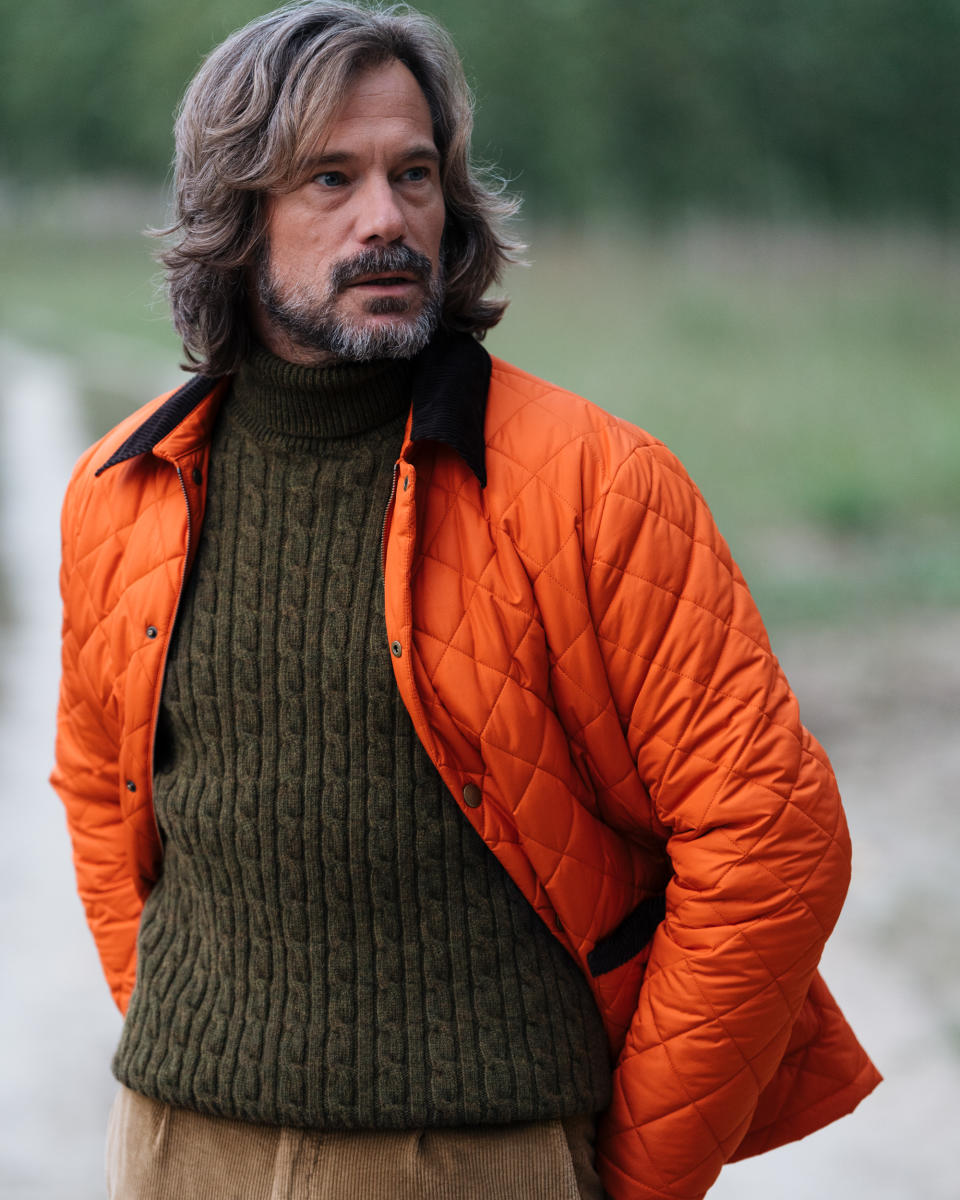
At the moment, Velasca has 19 points of sales, 16 of which are stand-alone stores. These include three international flagships in London, Paris and New York, where the brand opened a men’s unit in NoLIta last year.
Last month, Velasca also debuted its first corner at Rinascente in Milan, which Sebastio described as a “pilot project which is performing very well, so the idea is to scale-up this format, too.”
In addition to the new flagship in Milan, Velasca will open a store in Rome, dedicated to the women’s footwear collection.
To be sure, for the launch of the women’s line last year, Velasca — which has two private equity investors, P101 and MIP Sgr — created a different version of its logo, developed new graphics and conceived a different store concept. The brand’s strategy is to continue down this path and differentiate the two divisions in all aspects, from separate brick-and-mortar units and e-commerce to different social media accounts and newsletters.
“At the moment, this is proving to be a winning strategy. The idea is to customize the experience and communication based on the target,” Sebastio said.
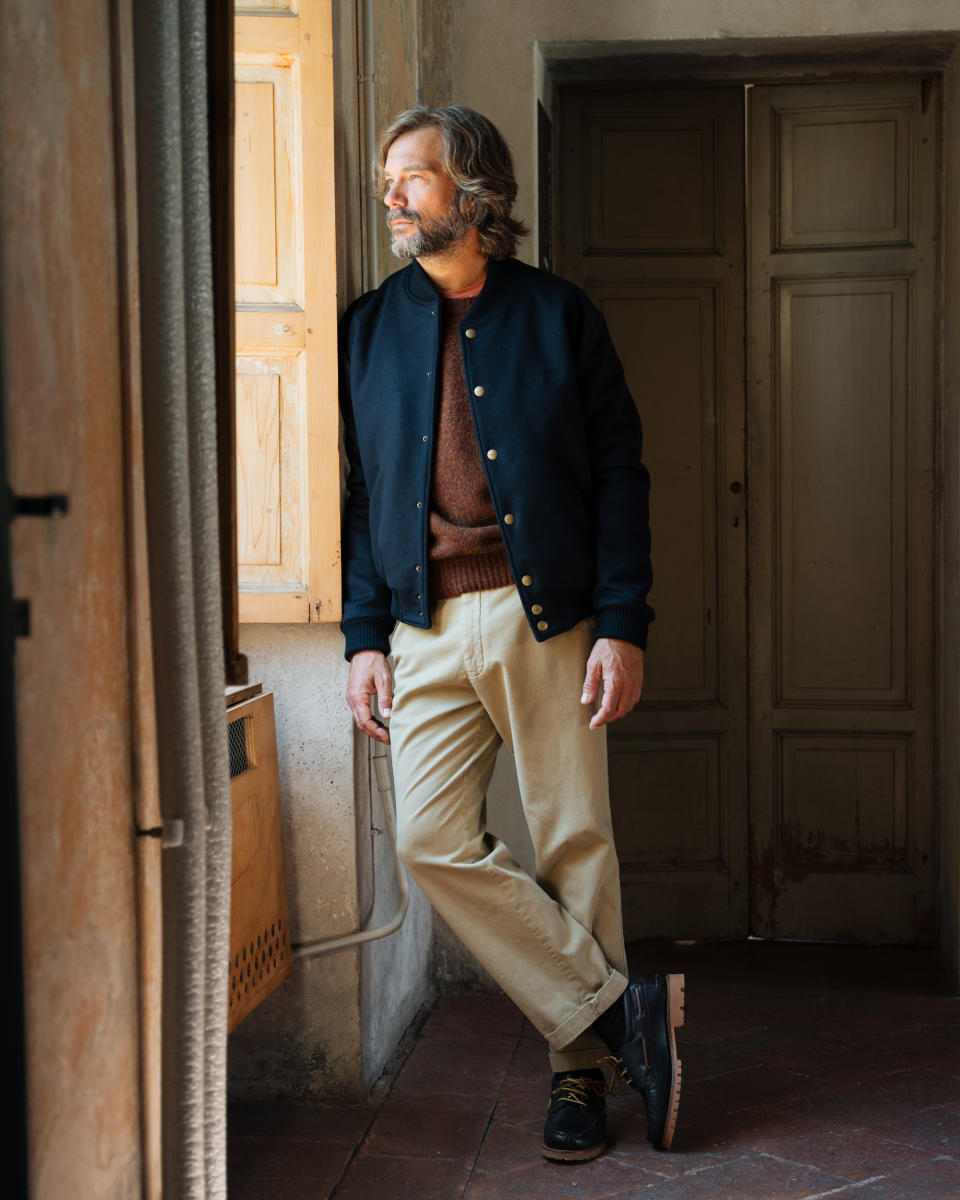
While a women’s apparel line is not on the agenda for the near future, the cofounder said the brand will continue to invest in the growth of the women’s footwear line — and build a strong database as for men’s — as well as focus on the global growth of the brand.
Sales in the domestic market account for 62 percent out of total revenues, which last year were 12.8 million euros, up around 60 percent compared to 2020. The online channel currently accounts for 55 percent of total sales, which Sebastio expects to reach 20 million euros at the end of 2022.
After Italy, the U.S. and France are the best-performing markets, followed by the U.K., Germany and North European countries.
“In addition to consolidating distribution in Italy, for the offline channel Germany could be an interesting country to open stores in,” said Sebastio, noting that the country is similar to Italy as the population is not concentrated in just a few cities. He mentioned Munich, Frankfurt, Dusseldorf and Hamburg as fitting choices for store openings.
“The U.S. has potential too, for sure. We’re just in New York and this city alone could easily welcome two other Velasca stores. And so does Paris, with all its different neighborhoods,” he added.
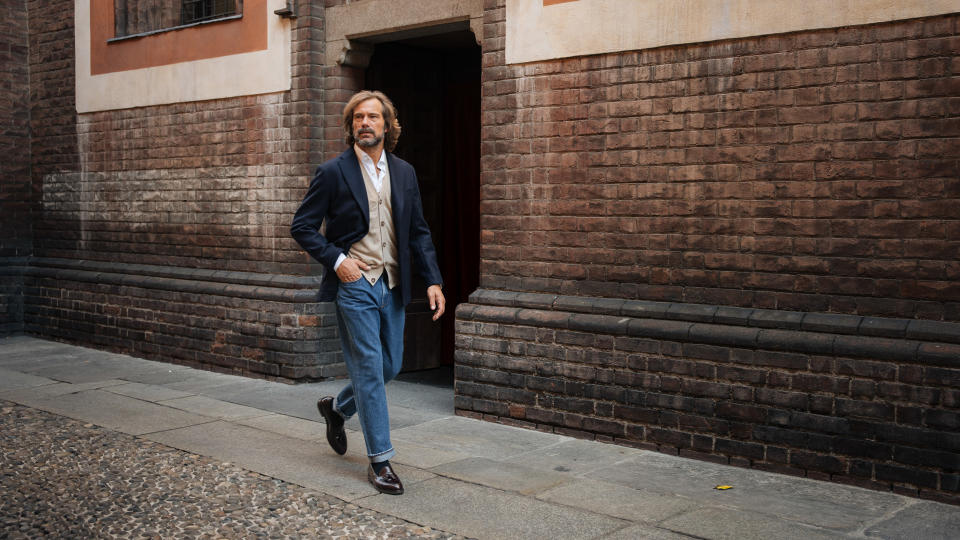
While Velasca built a name for itself in men’s footwear mainly thanks to high-quality formal shoe styles at affordable prices spanning on average from 180 euros to 320 euros, the women’s offering is more casual. Several men’s designs were revamped with a women’s fit, but new footwear options were also introduced, such as equestrian boots and more feminine flat mary janes.
Sales of women’s footwear currently account for 15 to 20 percent of the total, and are generated by a target that goes from university students to “the partners of our male customers,” Sebastio said.
Mainly aged 35 to 45, Velasca’s male target is mostly “lawyers, bankers and consultants, who purchase the brand for its formal styles — whose sales are fully back starting last month — but also pick it for their casual moments.” To wit, during the lockdowns the company invested in the development of more informal styles, in particular moccasins, boat shoes for summer and booties for winter. The move turned out to be key not only for offsetting the losses caused by smart-working and the closure of its physical stores but also for proving consumers’ loyalty to the brand.
“On average, our male customer buys four pairs of Velasca shoes. Considering we’re not sneakers specialists, we did a pretty good job,” concluded Sebastio with a smile.


